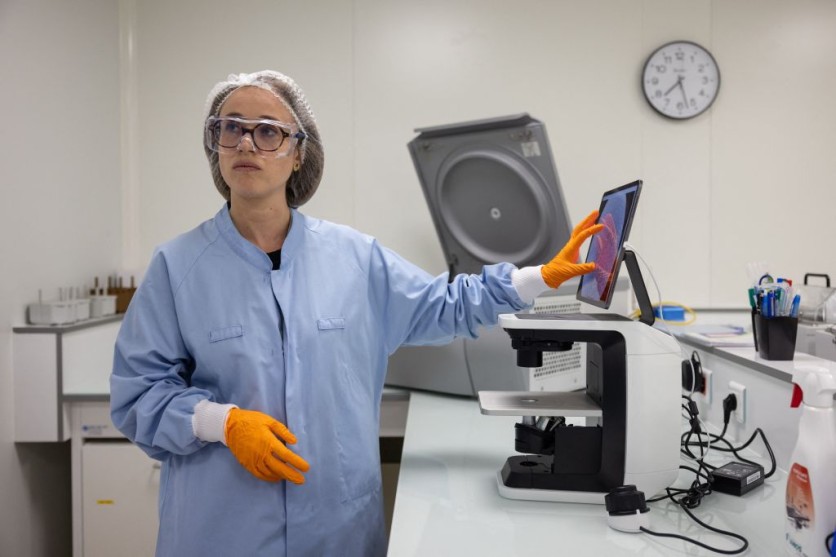Bioengineered artificial skin is becoming more significant for researchers to test the safety and efficacy of cosmetics and drugs, as reported by PhysOrg.

One of the best things about this type of artificial skin is that it can be produced on a large scale, which means it's an excellent substitute for animal testing.
3D Bioprinting
The technology is recent, which means its performance has to be validated in comparison to traditionally manually produced models first.
Hence, this was the main goal of the study by the University of Sāo Paulo's School of Pharmaceutical Sciences (FCF-USP) researchers in Brazil.
In the study, the researchers compared the conventional mimetic model based on manual pipetting with extrusion bioprinting. This allows for the in vitro reconstruction of a more relevant representative model of human skin.
One thing to note is that it's not entirely an "artificial" skin, but it's made of human tissue that closely resembles natural skin. The only reason it was called "artificial" skin is because it makes it sound synthetic.
Quality control and performance assessment standards were established by international institutions as validation criteria. The first thing was tissue morphology, which should represent human skin in vivo, along with a stratified spiders that has four layers.
This means that in vitro reconstructed skin has the same functions as natural skin that contains a selective barrier against the external medium for protection against chemical stressors and physical stressors, while it retains water.
The next step was the performance assessment of the bio printed skin as a barrier. Similar to natural skin, artificial skin must be able to prevent the penetration of detergents that cause irritation. The researchers exposed it to Sodium Dodecyl Sulfate (SDS), a detergent that can cause skin irritation, at different concentrations for 18 hours.
Finally, the last validation test involves topical application of reference chemicals that are classified as irritants or non-irritants. The results showed the histology and cytoarchitecture of both in vitro reconstructed skin models to be consistent with internationally validated epidermic models.
The results shows good-quality bio printed skin. Overall, it proves that the bio printed skin can be used instead of the Draize test, which will avoid animal testing. Moreover, it is less subject to human error and variability in responses obtained by the cosmetics industry.
The researchers also note that caution must still be practiced when using bioprinters. This is because they produce mimetic tissue through cell dispersion via a needle or conical nozzle, depending on the system, and there may be cellular response alterations in vitro irritation test.
Also Read: Artificial Skin Made From Recyclable Materials May Transform Medicine And Robotics
The Future of Bioprinting
Bioprinting is being used in various fields, but's it's crucial to acknowledge the dispersion system chosen that can damage the reliability of the tests, which will lead to altered responses.
The researchers are planning to bio print more complex models that consist of epidermis, dermis and hypodermis with representative human skin cells. Doing so will move the model closer to reality and produce more biologically relevant responses in safety and efficacy product testing for topical use.
Related Article: Artificial Skin That Can Detect Temperature Changes Developed By Engineers

ⓒ 2026 TECHTIMES.com All rights reserved. Do not reproduce without permission.




